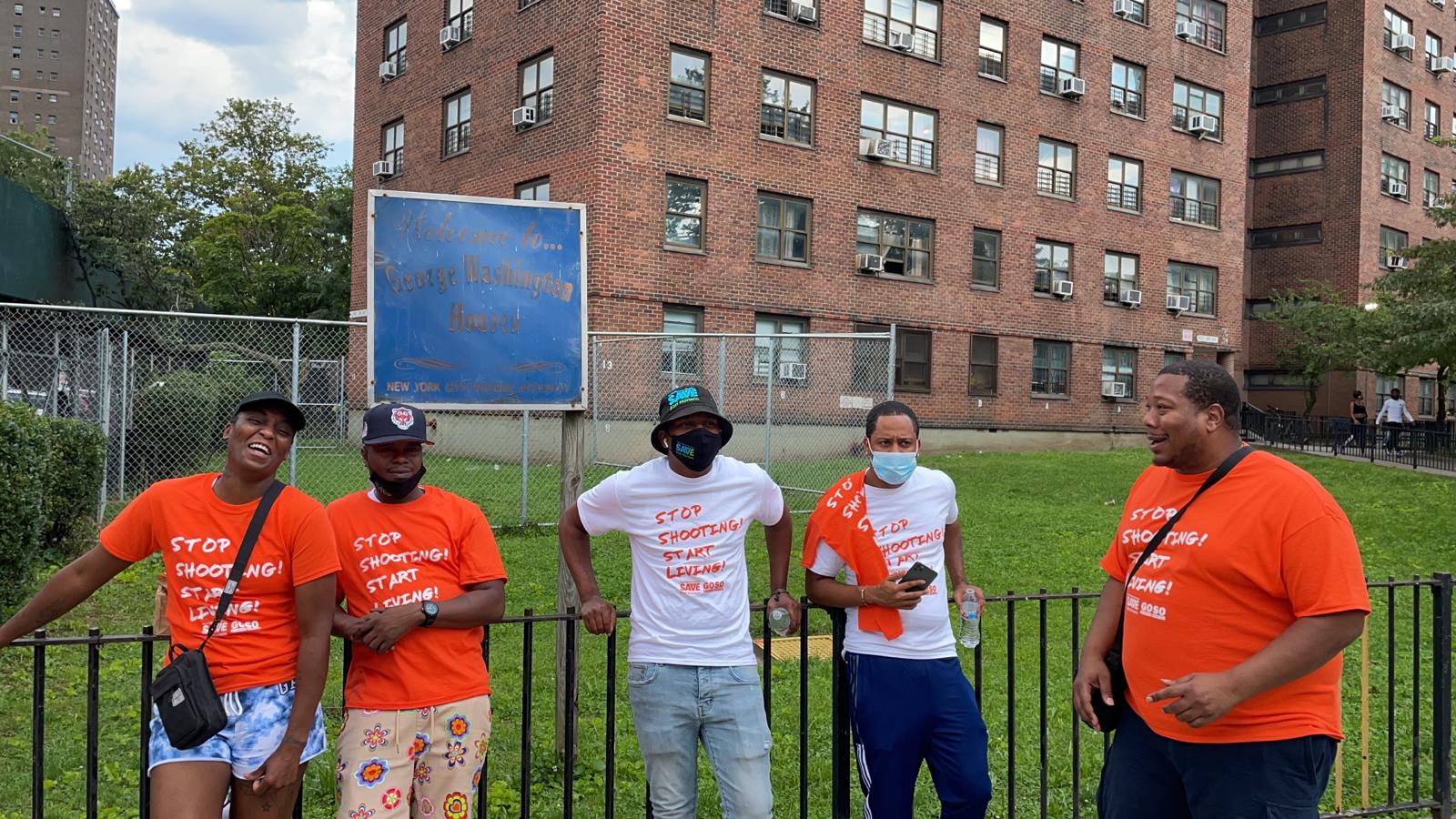What To Know Today
NEW from THE TRACE: There are only two city-funded violence prevention sites tackling surging violence in Upper Manhattan. SAVE Harlem enlists community members affected by violence to help keep their peers safe, a non-law enforcement model that has gained popularity as one practical method to ease America’s gun violence crisis. New York City has been cultivating such a model for years, making big investments in its city-coordinated Crisis Management System, which includes groups like SAVE Harlem. The city’s newly elected mayor, Eric Adams, has also thrown his support behind the CMS strategy, promising new investments. Yet funding is only one piece of the puzzle, and violence interrupters — all of whom at SAVE have been affected by gun violence trauma — are spread thin. And when a shooting does happen, some outsiders consider it a failure of the model or blame the violence interrupters for not being there. “We have to always defend our organization to people that just think we should be like Superman — like we gone stop a bullet,” a SAVE field supervisor tells Chip Brownlee in a new profile of the group.
The Oath Keeper on the NRA’s board. Members of the far-right militia group have frequently shown up at armed protests, a few have engaged in armed standoffs with the federal government, and more than a dozen were implicated in the U.S. Capitol insurrection. The organization also has at least one member among the NRA’s 76-person board of directors. Donald J. Bradway, who was elected to the board in August, is among the nearly 40,000 people listed on membership rolls in the recent leak of Oath Keepers data, according to Rolling Stone. In an email, Bradway told the magazine he was not formally affiliated with the Oath Keepers at this time, but added, “I’ve never ‘untaken’ the oath.” Asked about Bradway and his connection to the group, an NRA spokesperson said generally, “The NRA is not affiliated with any of what occurred on Jan. 6, period.”
The New York public defender’s legal nonprofit argues against the state’s concealed carry restrictions. “New York enacted its firearm licensing requirements to criminalize gun ownership by racial and ethnic minorities,” read a friend-of-the-court brief filed by the Bronx Defenders and other public defenders this summer in New York State Rifle & Pistol Association. v. Bruen. “That remains the effect of its enforcement by police and prosecutors today.” The lawyer for the plaintiffs arguing against New York’s “may-issue” discretionary licensing law for carrying handguns in public referenced the brief in oral arguments last week (you can read my recap here). In a new interview, Inquest — an anti-mass incarceration web forum — spoke with the Bronx Defenders staff that contributed to the brief. Counterpoint: The Nation’s Elie Mystal wrote from the left in opposition to the public defenders’ case against New York’s gun law here.
Mark Glaze, leader in gun reform politics, dies at 51. The Colorado native and political operative was instrumental in revitalizing the political prowess of the gun control movement. He was once the executive director at Everytown for Gun Safety; later, he was heavily involved with other gun reform groups. Glaze died by suicide on October 31. “If you had told me when I was growing up in the mountains of Colorado, shooting guns on the weekend with a dad who is an NRA member and a gun dealer, that The Wall Street Journal would call me the face of the gun control movement, I’m not sure I would have believed you,” Mr. Glaze once said in a video he made for his alma mater. [Everytown’s nonpolitical arm provides funding to The Trace. Here is a list of The Trace’s major donors and its policy on editorial independence. If you are having thoughts of suicide, help is available 24 hours a day: Call the National Suicide Prevention Lifeline at 1-800-273-8255 or text 741741 to reach the Crisis Text Line.]
Data Point
250 — in the last five years, the number of times police officers fatally shot motorists and claimed self-defense for fear that the victim’s vehicle would be used as a weapon. The cases were among more than 400 police killings of drivers or passengers who had first been pulled over for a nonviolent crime and weren’t wielding a gun or knife, according to an analysis of publicly reported cases. [The New York Times]

